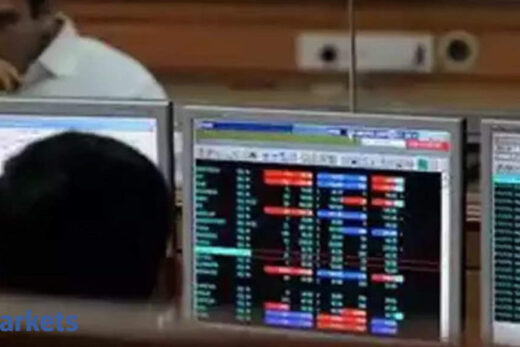The other tectonic shift which is perhaps happening in the Indian residential market. What are your views about how the Indian realty space should be viewed?
Real estate is an interesting opportunity in itself but one needs to be very selective. It is very interest rate sensitive and very unevenly regulated. The states have a big say and there is a level of protection for the homeowner. The level of protection for mortgages can vary quite a lot from state to state. So we have to pay attention to all these things. But the underlying opportunity is great and therefore it is quite nice to be a stock picker in this space,
I do not need to buy into Indian real estate as a group but I can pick different stocks that fit what I am looking for in risk and return profile. It is really important to know that every developer has a similar reputation. Some are good at the high end, some are good at the mass market, some are good at delivering projects on time and some of them are just not good at all. As investors we need to be very selective but the underlying opportunity is very attractive.
Asian Paints or HUL are classic compounders. These are consumer companies with high ROCs. They had become the go-to trades for investors. Do you think that trade will continue for the next four-five years?
That is very difficult to say. That is why we pay attention to their quarterly numbers, their year on year numbers; we listen to what they have to say. One cannot buy them and forget about them for five years. What they have got going for them is that they have got very strong and known brands that resonate with Indian consumer and not everything from a multinational would resonate in terms of pro-consumer base and market base. Lever and
are very strong brands and very strong products which the average Indian likes and will pay a slight premium for. These companies do not rest on their laurels and are always looking at ways to improve efficiency, deliver more freshness, ensure the quality of their products, make sure inventory levels are optimum, make sure that they drive costs down and make sure that their advertising promotion and communication spend is well spend.
Over the last few years, there have been quite a few changes to their business environment as well where we have seen some challenges in distribution for example in GST operations. They have maintained the market share, delivering better margins and so they have a lot of good qualities. But they are not resting on their laurels and that is what we like them for.
The new IPOs are indicating to a structural shift and you have participated in some of the IPOs. Do you think some of these consumer internet companies should be a must-have for investors in India?
It is very difficult to say so. I do not think any stock is a must-have. The Indian markets are so deep and wide and the average investors have access to small caps and penny stocks as well. So, nothing is a must-have. There is always an alternative So, the first thing I would say is nothing is a must have in Indian internet consumer stocks and also that there is no exception.
You contrast that with the Chinese internet consumer plays and there are few things to think about. There are quite a few differences. People look at the Chinese state banks and say India is next and then there has been good times and then during difficult times. Look at the Chinese state banks. They do well. India is next too but there are some differences. Number one is the scale of the Chinese companies are much larger than what they have in India.
The second difference would be that the technology infrastructure coverage is a lot higher in China than in India as well and in terms of converting an internet aware person into an internet online user who actually transacts online, the level of penetration in India is much lower than what it had been in China as well. So when you put all of that together, as some analysts say, India is three years behind. Some analysts say it is 10 years or five years behind.
The broad consensus is that India is behind China but that does not mean that it will develop in the way and follow its Chinese counterparts.
may not follow what Meituan went through for example and in ecommerce business, what Tata went through as well. Some of these differences are really important. What you get currently for example is creating weakness in the Chinese market.
The Indian development can be very different from the Chinese experience. So it is good to attract potential, it is good to draw light on some of these ideas while looking at examples abroad. But after that, one needs to look at one’s own circumstances and companies and IQs and see whether that makes sense or not. None of these are must-haves in my point of view.
We talked 10-11 years ago and you were very excited about financials and HDFC Ltd was one of your top holdings. What is that structural large allocation for one of the biggest FII investors for the next couple of quarters?
India gives one an opportunity to participate in both broad groups and drivers. There are certain parts and certain times in the cycle, you see more value ideas. In the current rally, you see a few more growth ideas. With the prices that we are getting back, some of that growth will be structural like the internet consumer stocks and some of that growth will be from recovery. I think there are more ideas in the shorter term but these things come in cycles and India offers that variety to pick up ideas whichever way you are biased or inclined.
You continue to see opportunity in some of the banks for the long term. Where else do you see return potential going forward for India in the medium and long term?
If I define long term as four-five years and even three years, then medium is within one to three years. I do not think my medium and long term ideas are any different or substantially different. I see them in banks, I see them in software companies we have in India and I see them in some of the consumer stocks –both internet consumer stocks and traditional Indian consumer stocks. Those would be the three large baskets which would make up about 75% to 80% of our exposure in India.



